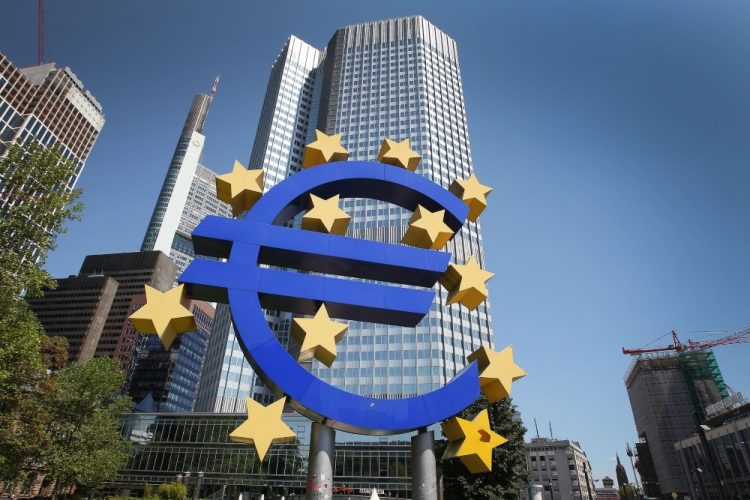Europe : Time for ECB to address bond squeeze draws closer

LONDON : The European Central Bank meets later this week against a backdrop of sharply lower government bond yields that pile pressure on the central bank to address a scarcity of bonds for its 1.7 trillion euro stimulus programme.
About 55 percent of the German bonds on the ECB’s shopping list are ineligible for its asset-purchase programme because they yield less than the deposit rate, according to Swiss wealth manager Pictet. That is up from 38 percent on June 2, when the ECB’s Governing Council last met to discuss monetary policy.
Britain’s decision to leave the European Union, a potential shock to world growth, has accelerated a fall in bond yields globally and puts the onus on central banks to shore up their economies in the face of Brexit.
Most analysts do not expect the ECB to ease monetary policy at Thursday’s meeting, waiting until September instead when its next set of economic forecasts are due for release.
Money markets price in less than a 20 percent chance of a 10 basis point rate cut this week, with the Bank of England’s decision last week to leave rates on hold at its first meeting after Brexit easing expectations of imminent ECB action.
Still, the ECB is expected to maintain a dovish tone and could tweak the parameters of its bond-buying scheme to address a scarcity issue in countries such as Ireland and Portugal as well as Germany – the euro zone’s benchmark issuer where the bulk of purchases are made.
“Our economists’ baseline view is that the ECB will wait until the September meeting, but tweaks to the QE programme ahead of that are certainly a possibility,” said ING rates strategist Benjamin Schroeder.
Options open to the ECB include dropping the rule on not buying debt yielding less than the deposit rate, which is at minus 0.40 percent.
It could also scrap a rule barring it from buying more than 33 percent of any bond, so long as it does not have a Collective Action Clause. Where there is a CAC, the ECB sets a limit of 25 percent, to avoid the risk of being a block to any debt restructuring.
“We still view a relaxation of the depo floor as the most likely at Thursday’s meeting,” Commerzbank analyst Michael Leister said in a note, adding that even with last week’s rise in bond yields the “Bund squeeze” requires action.
SQUASHED
German bond yields on Friday notched up their biggest weekly rise since last December as risk appetite bounced back from the Brexit shock.
Nevertheless, yields across the euro zone remain well below pre-Brexit levels, with 10-year yields 1-2 basis points lower on Monday and within sight of recent record lows. The slide in bond yields since Brexit means significantly flatter yield curves in Germany and Italy.
Italian 10-year yields have fallen almost 30 basis points in the past month – a move that analysts say can partly be attributed to speculation that the ECB could abandon its capital key to free up more bonds for quantitative easing, which is aimed at boosting growth and inflation in the euro area.
A change in the allocation of bond purchases away from the size of a country’s economy towards one that is more in line with outstanding debt is seen benefiting southern Europe.
It is controversial because it implies the ECB holding bonds from more heavily-indebted countries. Sources close to the ECB have told Reuters that the bank is not considering such a move.
That has stopped an intense debate with the bonds markets on whether or not it’s time for the ECB to abandon the capital key.
“The market will be very curious to see if there are any hints with regards to the capital key,” said Kim Liu, senior fixed income strategist at ABN AMRO. “We don’t think they will switch out of it and the reaction in peripheral bond spreads to this has been over done.”


